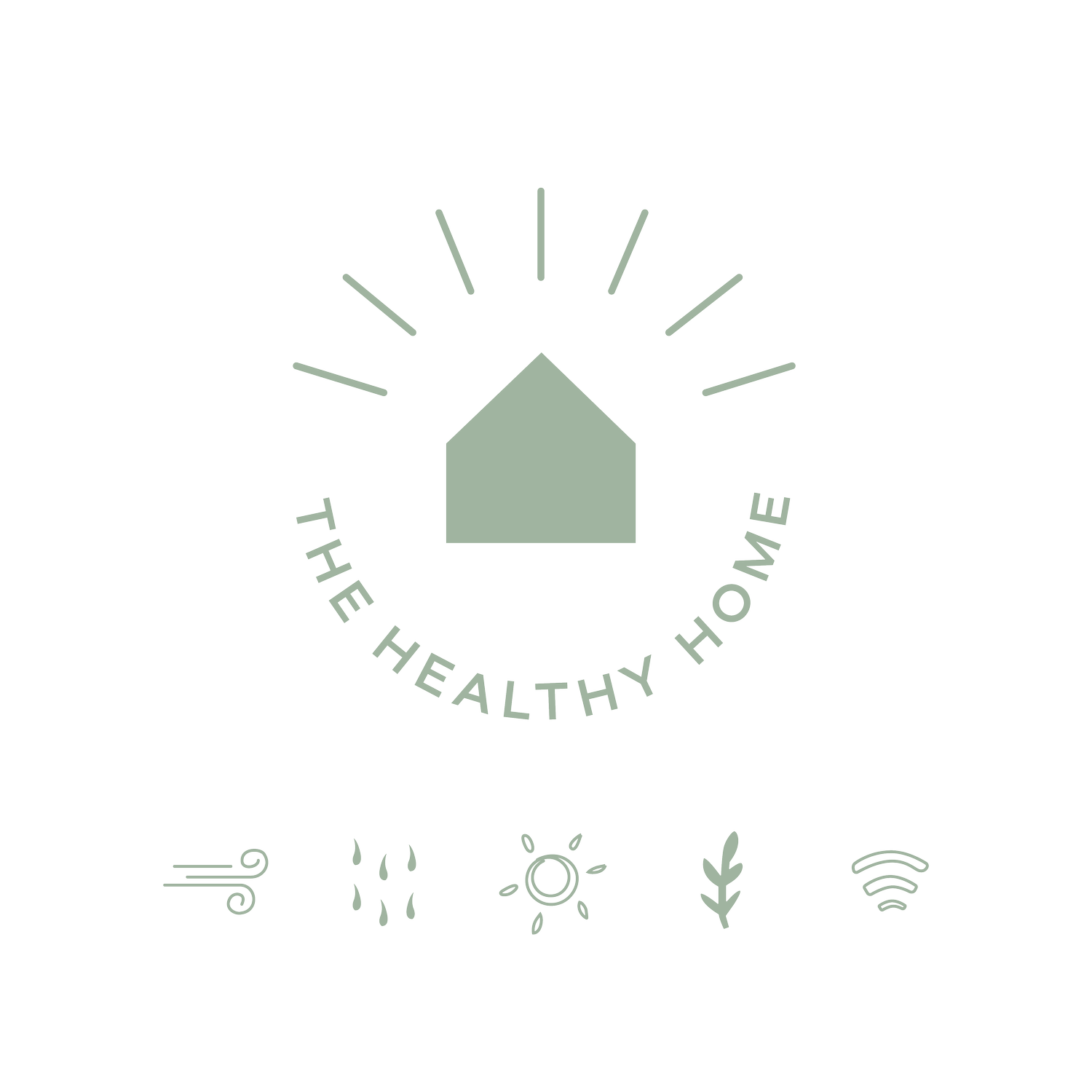Beyond certifications: why transparency in building materials matters
In recent years, there's been a surge in "eco-friendly" or "healthier" building materials. Many of these products are marketed as Red List-free, indicating they don’t contain some of the most harmful chemicals recognised by organisations like the Living Building Challenge. These certifications are an incredibly helpful starting point, however, there is more that we need to know in order to make informed decisions.
The Red List: a starting point for healthier materials
The Red List from the Living Building Challenge (LBC) is an invaluable guide for the industry, identifying chemicals known to harm human health and the environment. Its purpose is to raise awareness and help builders and designers make informed material choices that align with safer building practices.
Acknowledging the Red List’s Impact
The Red List is a remarkable effort led by the International Living Future Institute (ILFI) to identify and minimise hazardous chemicals in building products.
With over 11,000 chemicals listed, including the latest 2024 updates, the Red List is a critical resource for promoting healthier building practices. We understand the vast scope of this initiative and commend the LBC team for their dedication in pushing the industry toward transparency and safety.
Their 2024 update, which added 917 new chemicals across 10 classes, reflects an ongoing commitment to refining standards and addressing complex health impacts. As a guide, the Red List provides invaluable support, though it does highlight a pressing challenge: full ingredient disclosure remains an area where further industry-wide transparency is needed.
The transparency challenge:
When I reached out to a major brand in the industry, whose product is marketed as eco-friendly and "Red List-free," my inquiry about the full list of ingredients initially went unanswered for 10 days. It was then forwarded to their laboratory because the support team couldn’t address it. The subsequent response underscored a broader issue: while they provided certifications and compliance documents, they were unable to disclose the full list of ingredients:
This begs the question: are certain components simply unlisted, or have they been replaced with alternatives that haven’t been assessed yet?
What can we do?
For home designers, builders, and consumers alike, there are ways to push for full transparency:
Advocate for full ingredient disclosure in building materials, ensuring you know what’s in the products you’re using.
Ask suppliers about specific ingredients rather than relying on certifications alone.
Support brands that openly share all ingredients, beyond what’s listed in certifications.
Certifications like the Red List are valuable tools as we stride toward healthier building practices. However, the next step is full transparency, enabling us to make informed choices that go beyond labels. Let’s continue advocating for truly healthier building materials that reflect the values we strive to uphold in the industry.
Curious where your knowledge of healthy building materials stands? There’s more to consider than just chemicals when it comes to building materials.
Take our Healthy Building Materials IQ scorecard to see where your knowledge stands, and learn more about building practices that prioritise health and transparency. Take our Healthy Building Materials IQ scorecard to see where you stand.
If you're a builder or home designer eager to learn how to integrate healthier practices into your projects, consider joining our Healthy Building Materials Mastermind™ .
Zara D’Cotta is a Building Biology New Build Consultant, Keynote Speaker and Founder of The Healthy Home.
We envision an Australia where every home is a testament to health-centric design and construction. Our goal is to be the guiding light for time-strapped building industry professionals, ensuring every home designed and built under their watch prioritises the health and well-being of its occupants.







